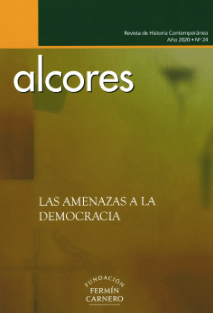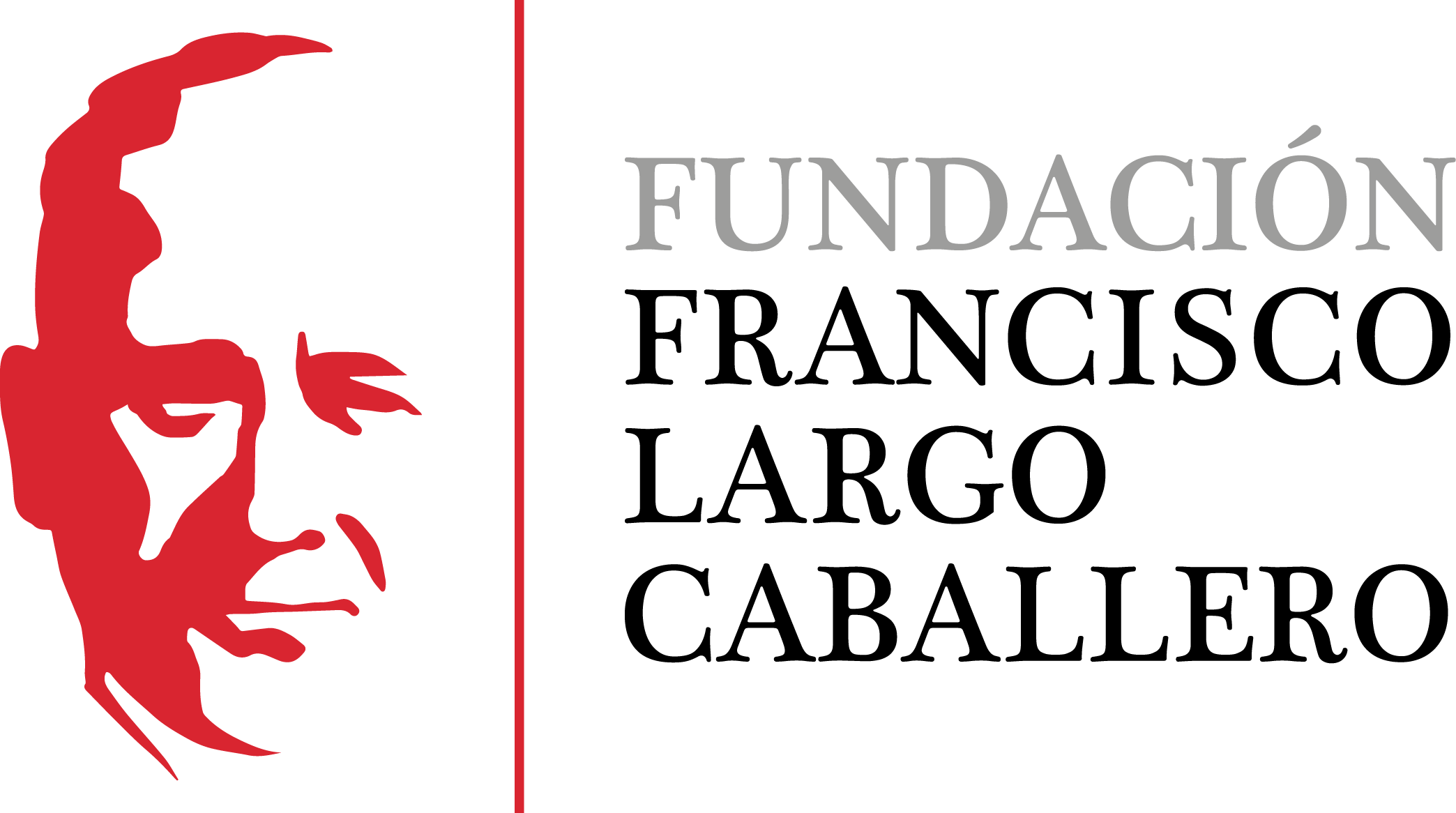Boots on votes. Elections in Cuenca as a decanter of the leadership of the 1936 coup plot
DOI:
https://doi.org/10.69791/rahc.30Keywords:
Francisco Franco Bahamonde, José Antonio Primo de Rivera, econd Republic and Civil War, CuencaAbstract
Between April 20 and May 3, 1936, the two weeks separating the date scheduled, and then aborted, for the military coup designed by the “Junta de Generales” and the second round of elections in Cuenca, the plot of the coup against the Government of the Republic was recomposed. The present article studies the process that led to the conversion of an electoral convocation of a province of the interior, with hardly any parliamentary transcendence, into an event that focused not only the national political focus but also the military one. Although it is a well-known historical episode, the novelty offered here lies in the approach, as it inserts it, on the one hand, into the debate on the alleged electoral fraud and, on the other hand, and more importantly, it gives it a dimension that goes beyond its sociological and political profiles. Their ballot boxes were hiding a decoy to redirect the blow against republican democracy. The boots mattered at that juncture more than the votes.
Downloads
Global Statistics ℹ️
|
86
Views
|
68
Downloads
|
|
154
Total
|
|
Downloads
Published
How to Cite
Issue
Section
License
Copyright (c) 2021 Ángel Luis López Villaverde

This work is licensed under a Creative Commons Attribution 4.0 International License.
Alcores is an open-access journal. It provides unrestricted access to its content from the moment of publication. We respect intellectual property rights, and for this reason, the author retains the copyright. All content is distributed under a Creative Commons Attribution 4.0 International (CC BY 4.0) license. The terms of the license can be consulted at: https://creativecommons.org/licenses/by/4.0/
This license allows sharing (copying and redistributing the material in any medium or format) and adapting (remixing, transforming, and building upon the material for any purpose), provided that authorship and first publication in this journal are properly credited, a link to the license is included, and any changes made are indicated.
This type of license facilitates the freedom of reuse and ensures that the content of this journal can be used to meet research needs.





